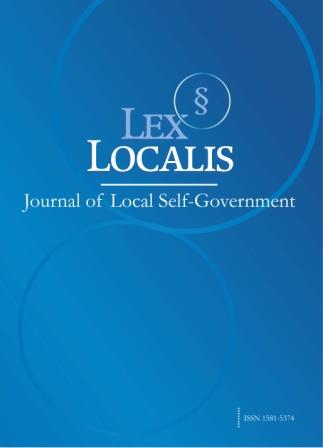FINANCIAL INCLUSION IN ASSAM (INDIA): A STUDY WITH SPECIAL REFERENCE TO BODOLAND TERRITORIAL REGION (BTR)
DOI:
https://doi.org/10.52152/800375Keywords:
Development, Financial Inclusion, Reserve Bank of India, Assam, BTRAbstract
In order to achieve sustainable economic development, financial inclusion is inevitable. This is why financial inclusion has become a policy priority for the government. The Government of India has been strongly establishing its financial inclusion mandate. The Reserve Bank of India (RBI) and the Government of India has also been taken several measures to augment financial inclusion. However, despite these efforts marked sections of people are still outside the ambit of the formal financial system. The financial inclusion status of Assam is not very impressive in comparison to all India level. According to CRISIL Inclusix (2018), Assam is at 27th rank against all the states and union territories of the country. Similar is the situation of Bodoland Territorial Region (BTR) of Assam. Baksa district of BTR is at 632nd rank which is at the list of bottom 50 out of 666 districts of India. The present paper considers three dimensions of financial inclusion viz. number of bank branch per 1000 population, bank branch per 1,000 KM2 and usage of banking services (C-D ratio) and studied the status of financial inclusion of Assam in general and BTR in particular. It is seen that the financial inclusion status in the state and in the BTR region is low. Kokrajhar district of BTR is the worst performer in the region.
Downloads
Published
Issue
Section
License
Copyright (c) 2025 Lex localis - Journal of Local Self-Government

This work is licensed under a Creative Commons Attribution-NonCommercial-NoDerivatives 4.0 International License.








